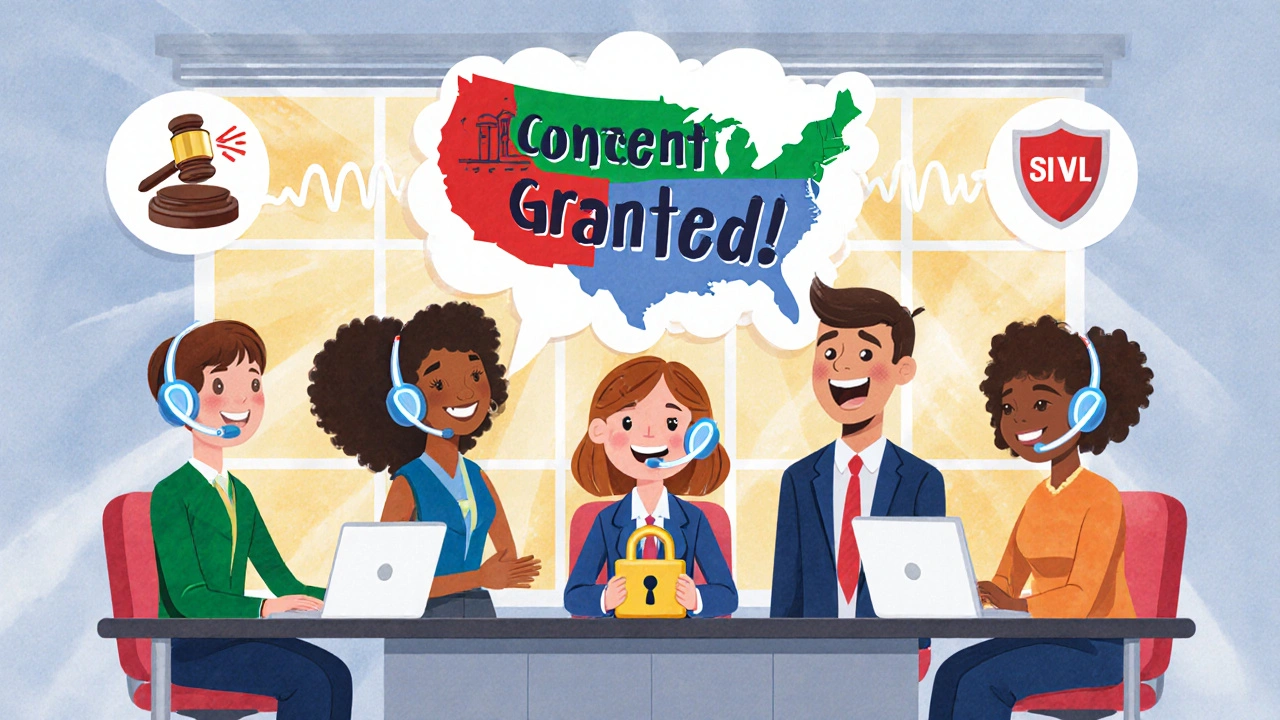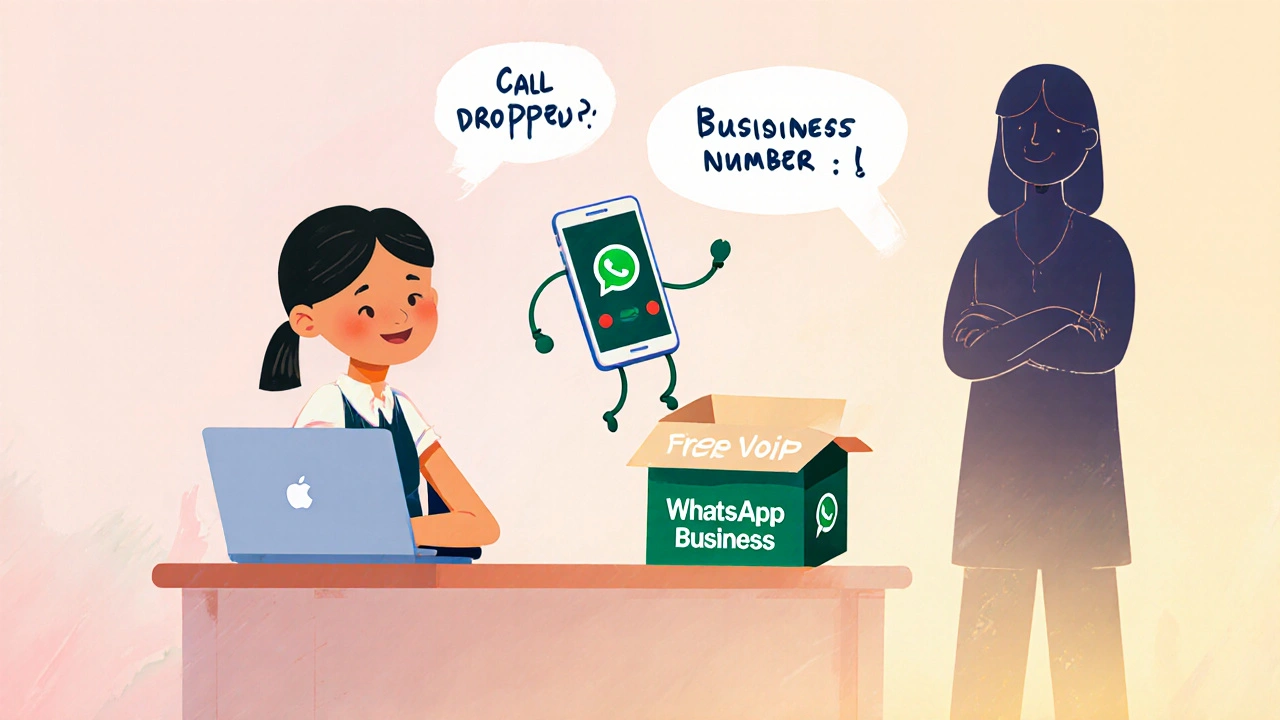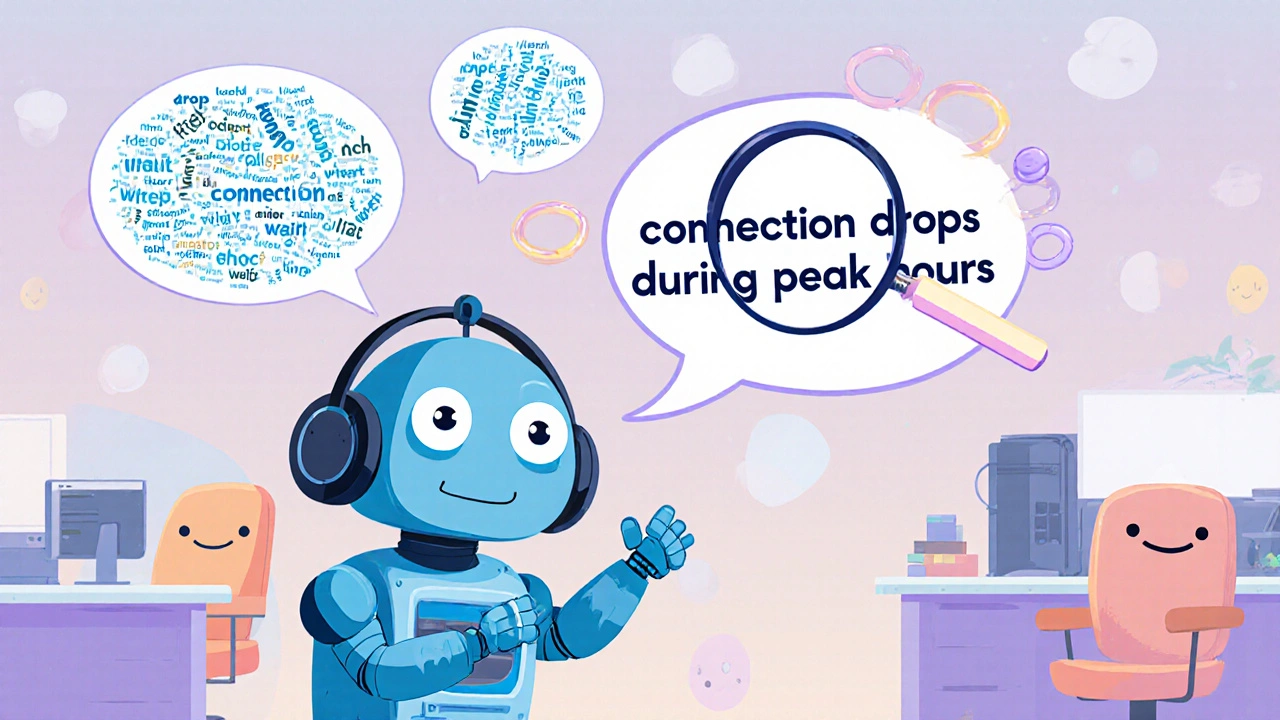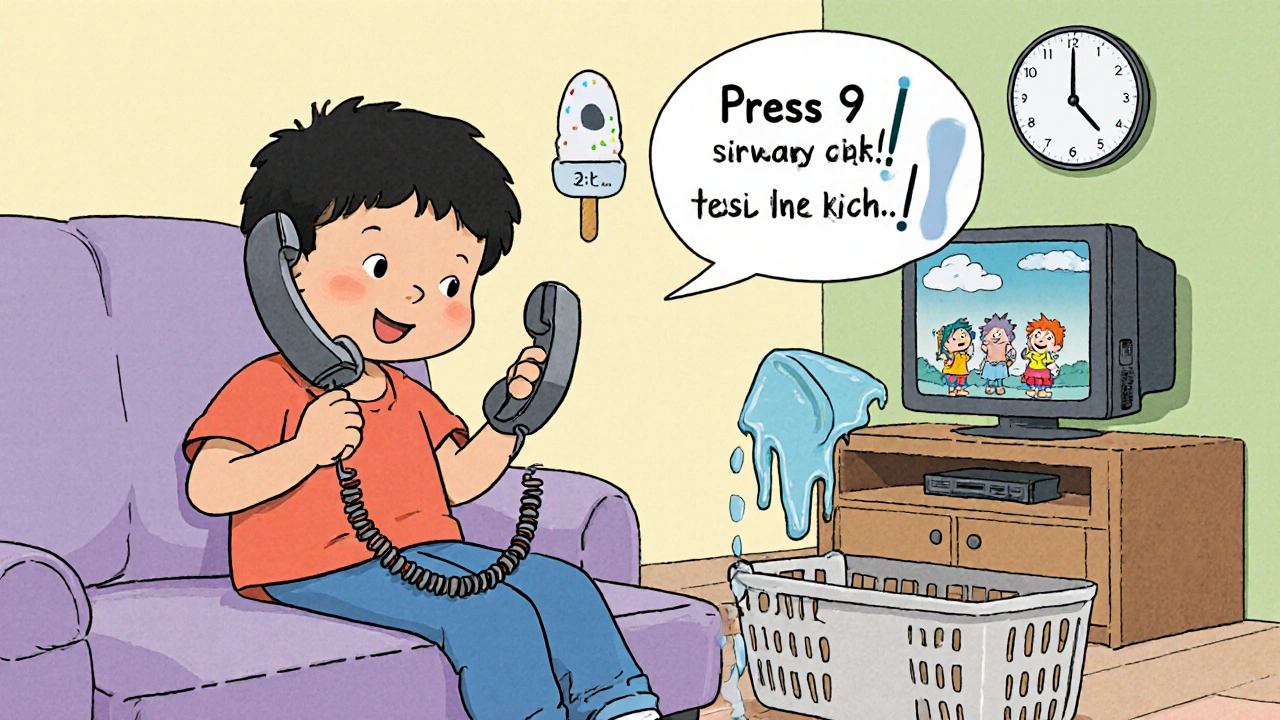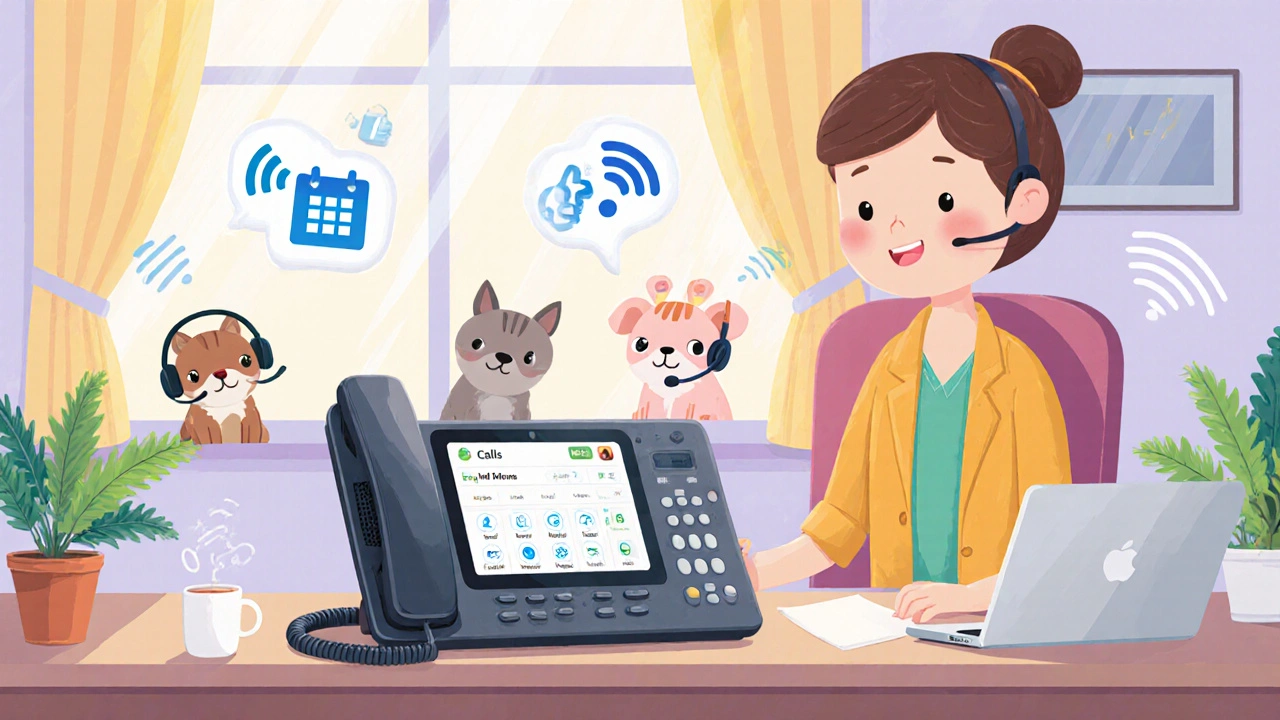VoIP in 2025: Call Quality, Security, and Cost Savings Explained
When you use VoIP, a technology that turns your internet connection into a phone line. Also known as Internet telephony, it’s no longer just a cost-cutting trick—it’s the backbone of how teams communicate, schools reach parents, and churches track donations. In 2025, VoIP isn’t about replacing landlines anymore. It’s about doing more with less: clearer calls, tighter security, and fewer surprise fees.
Behind every good VoIP call is SIP registration, the process that lets your phone or app prove it’s allowed to make and receive calls. Without it, your system is wide open to hackers trying to drain your balance with fake international calls. That’s why VoIP security, including role-based access and SIP brute-force defenses. Also known as least privilege access, it’s not optional for any business that relies on phone systems. And if your audio sounds muffled or echoes like you’re in a tunnel, that’s not your headset—it’s your codec packetization interval, how often your voice is chopped into data packets. Whether you’re using 10ms, 20ms, or 30ms, this setting changes everything from call clarity to bandwidth use. Most businesses stick with 20ms because it’s the sweet spot between quality and efficiency.
Then there’s the money side. You might think $19 per user sounds cheap, but VoIP costs, including hidden fees for recording, CRM integrations, or international minutes. Also known as TCO or total cost of ownership, the real bill often doubles when you add up what’s buried in fine print. Cloud VoIP slashes those costs by half compared to old on-site PBX systems, but only if you know what to ask for during negotiation. Volume discounts, commitment terms, and avoiding unnecessary add-ons can save you 30% or more—without changing a single setting.
And it’s not just about calls. VoIP powers overhead paging in hospitals, connects classrooms to parents, and lets Slack users dial out without leaving chat. It’s in churches tracking donations, remote teams using virtual receptionists, and travelers saving 90% on roaming with eSIMs. Every post in this archive tackles one piece of that puzzle: how to fix audio that’s too loud or too quiet, how to measure call quality with MOS and PESQ, how to stop toll fraud before it costs you thousands, and why most small businesses don’t need fancy IVR systems.
What you’ll find here isn’t theory. It’s what works in real offices, schools, and homes—tested, broken down, and stripped of fluff. Whether you’re setting up your first ATA, choosing between DECT and Bluetooth headsets, or trying to forecast call spikes before tax season, the answers are here. No jargon. No sales pitches. Just what you need to make VoIP work—without the headaches.
- 1
- 2


